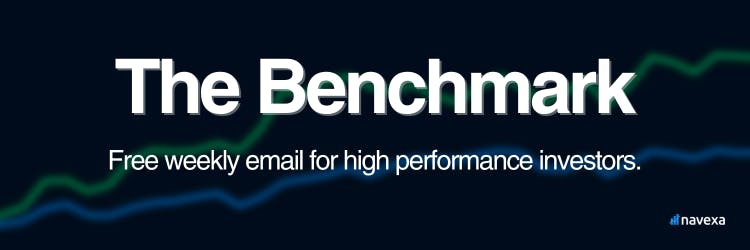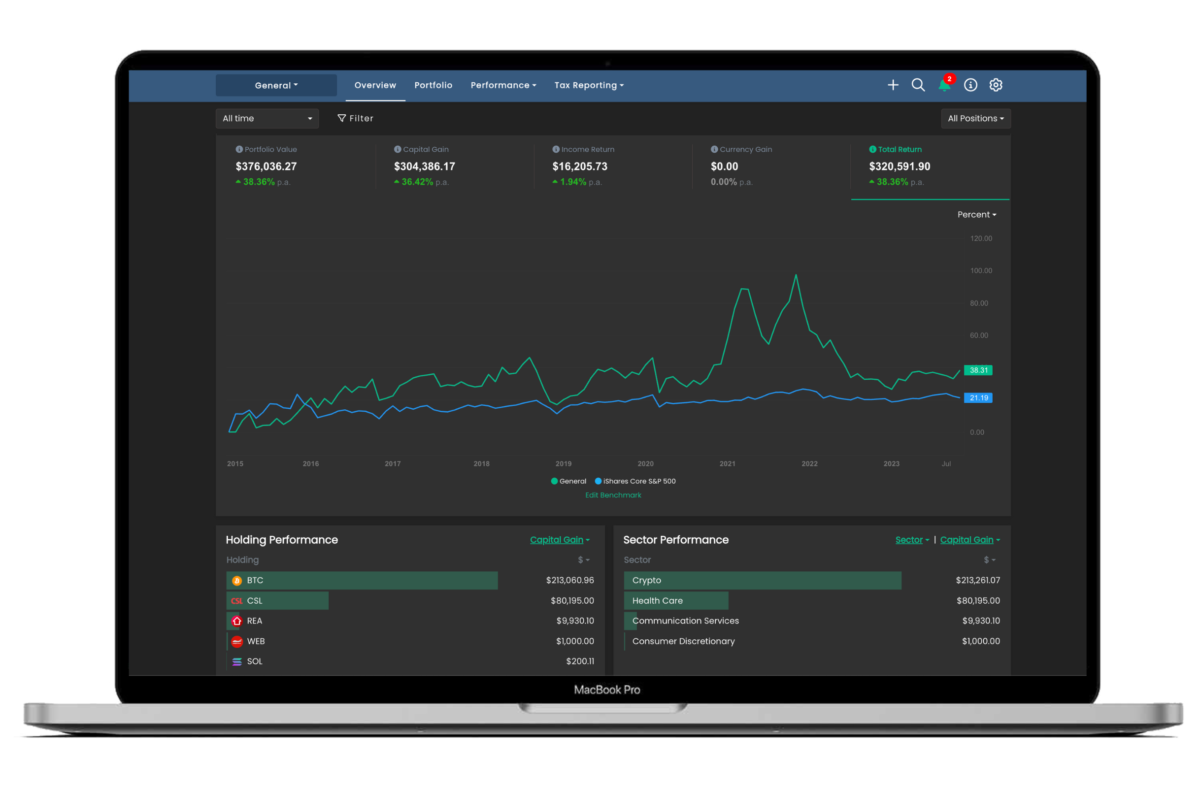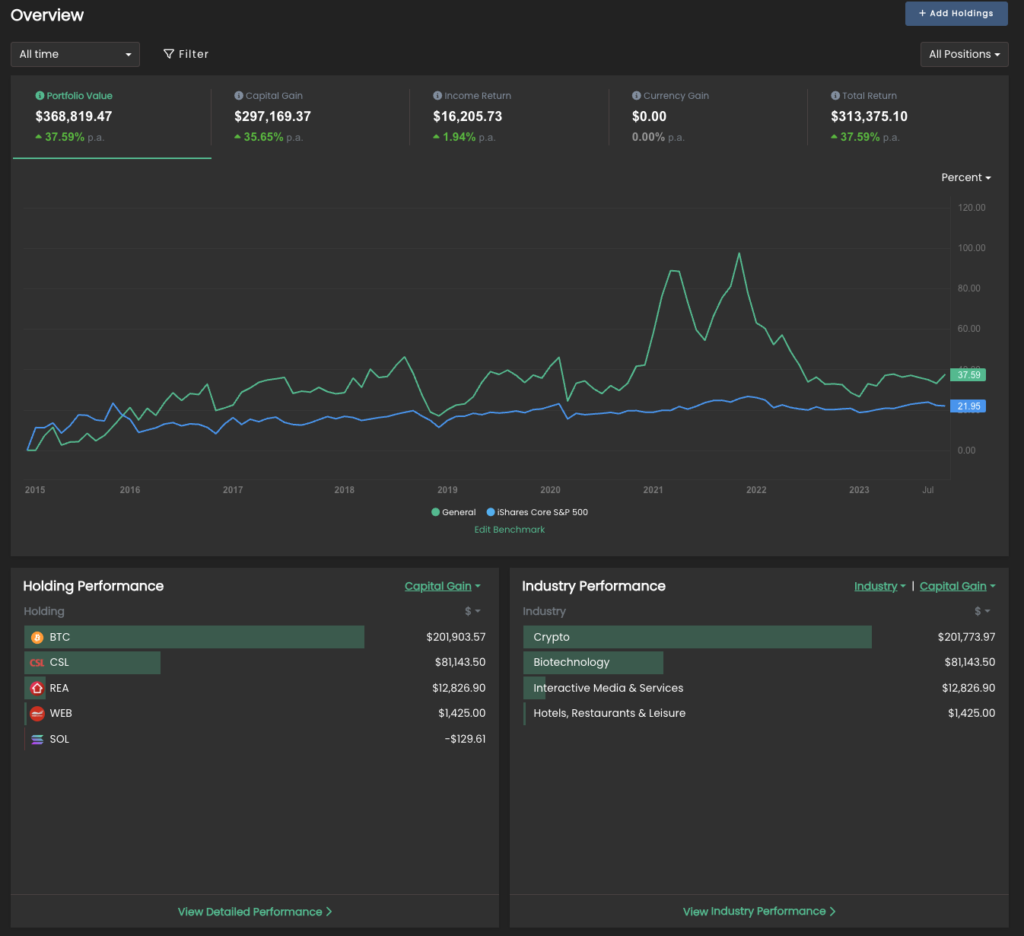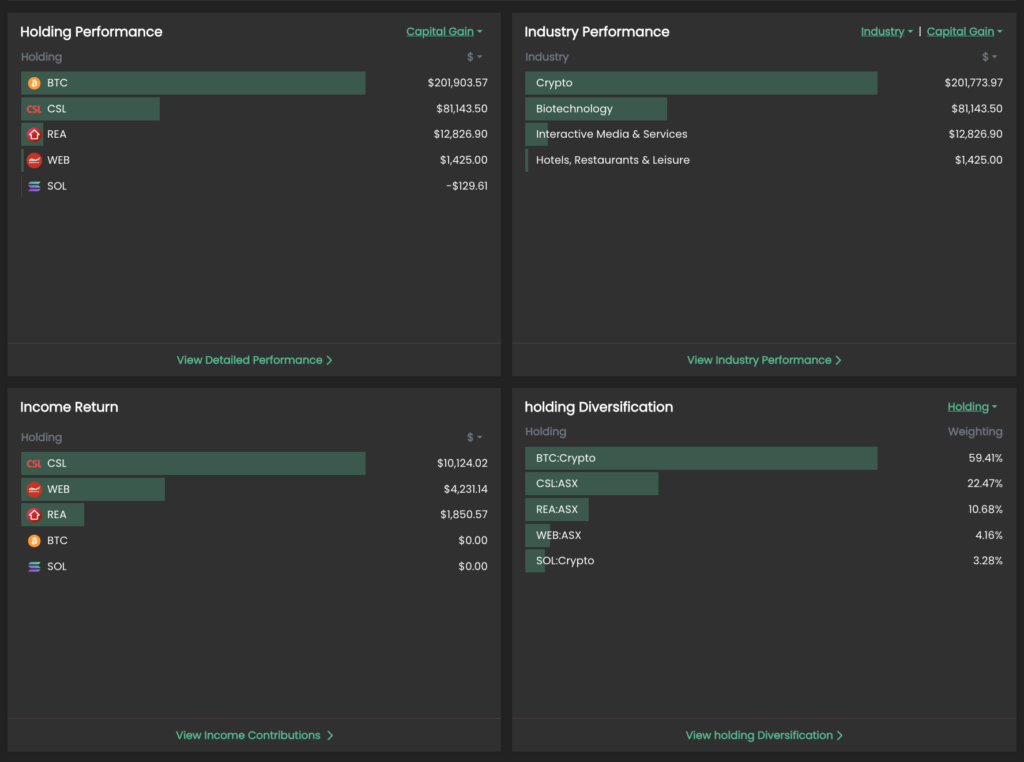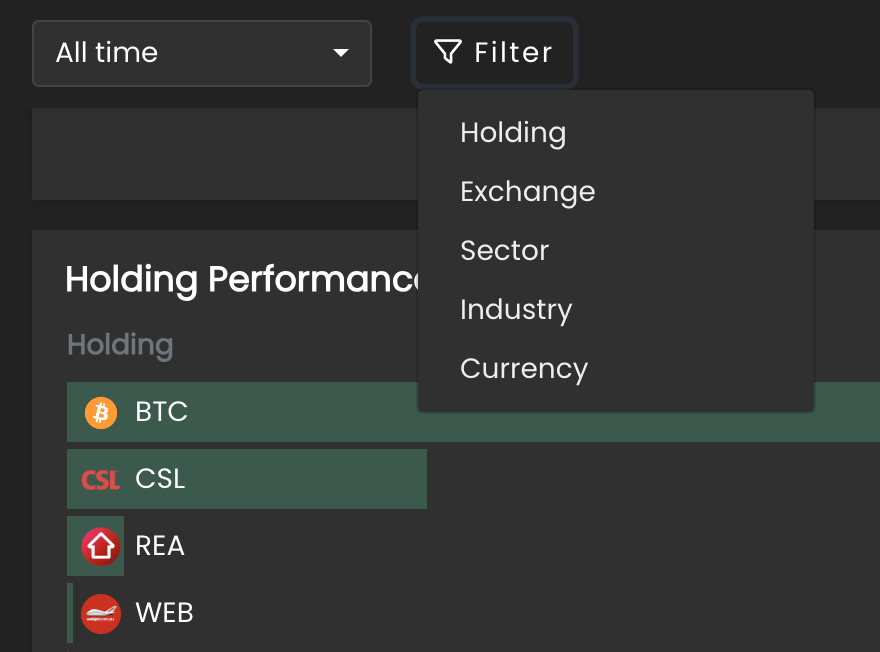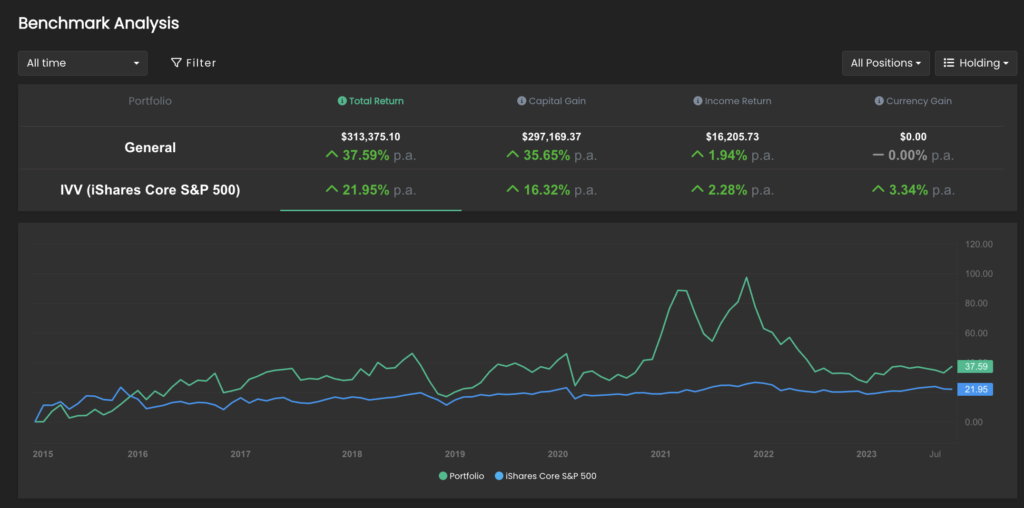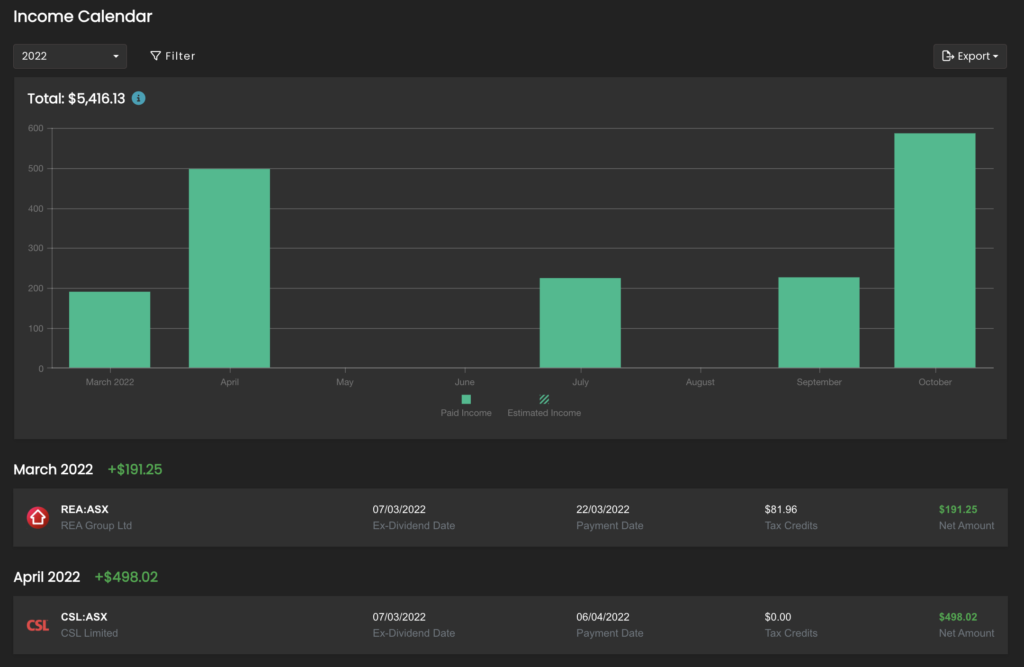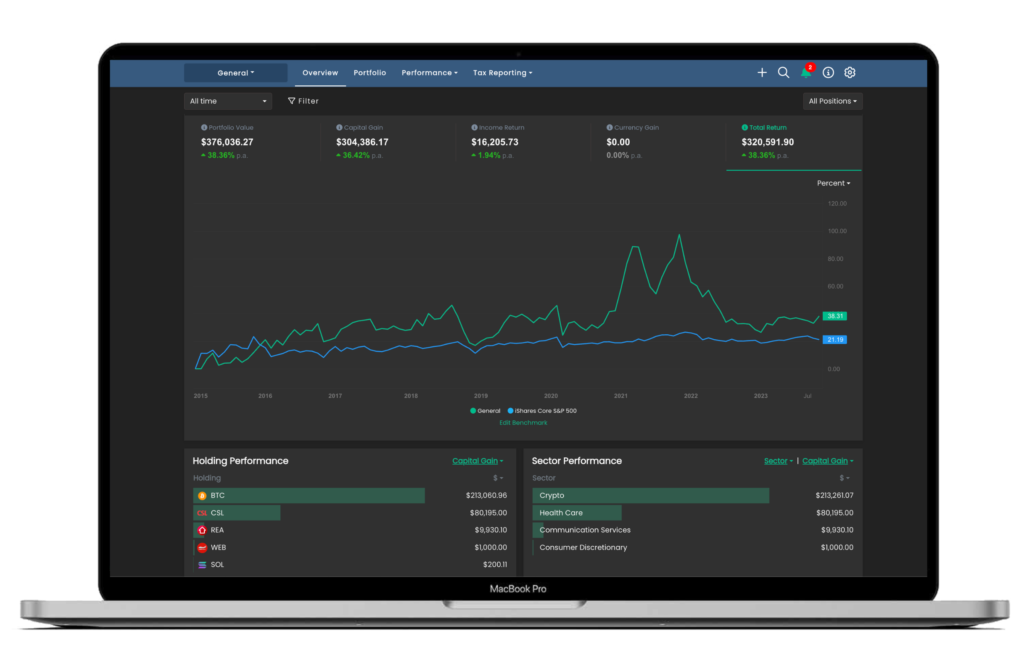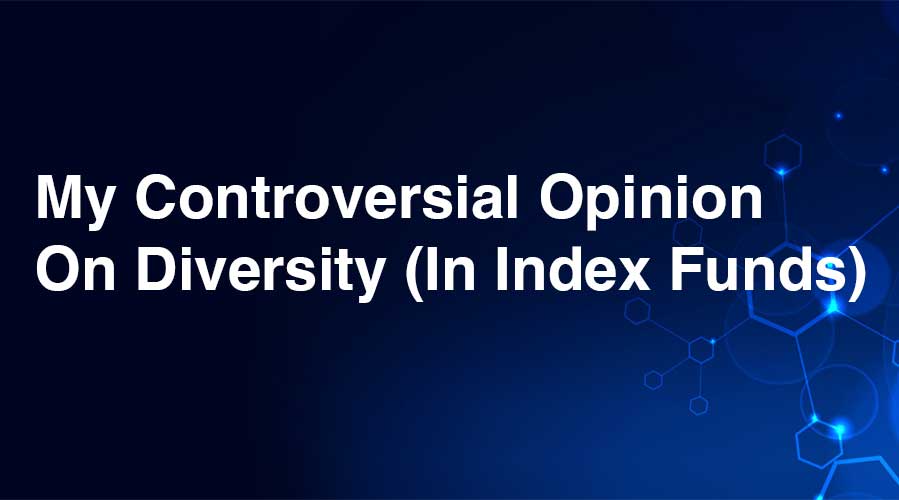May 13, 2024
59 years worth of investing wisdom
Dear Reader,
Warren Buffett has been in the markets longer than many investors have been alive.
In 1965, his Buffett Partnership Ltd. company acquired textile manufacturing firm, Berkshire Hathaway, and assumed its name as it transformed into a diversified holding company.
This diversified holding company is now among the S&P 500’s top 10 listings, and among the largest private employers in the United States. It’s class A shares have the highest public company per-share value on the planet.
Buffett’s investing and business success is objectively impressive.
Rather than throwing lavish parties in luxury mansions, or parading between red carpet events in bespoke supercars or megayachts, Warren keeps his lifestyle modest, preferring to let his investments — and their near six-decades of outperforming the S&P 500 by nearly 10% a year — do the talking.
But, the impressive performance charts and corporate filings aren’t the only way to observe Buffett’s brilliance.
Six decades of shareholder letters
When Buffett took control of Berkshire Hathaway in ’65, he started writing letters to the company’s shareholders.
Initially ‘signed off’ by other figures in the business, Buffett eventually started publishing in his own name, building a (so far) near six-decade body of writing covering a huge range of markets, events and ideas in his now-signature friendly, casual tone.
You can read the 1965 letter (pictured below) here.
Wall Street Journal writer, Karen Langley, recently started with the letter above and went all the way — reading every single shareholder letter Warren has ever written.
Here’s six of the best excerpts:
Six of Buffett’s best investing ideas
1: Fear & greed as ‘super-contagious diseases‘ — 1987
‘Occasional outbreaks of those two super-contagious diseases, fear and greed, will forever occur in the investment community. The timing of these epidemics will be unpredictable.
‘And the market aberrations produced by them will be equally unpredictable, both as to duration and degree. Therefore, we never try to anticipate the arrival or departure of either disease.
‘Our goal is more modest: we simply attempt to be fearful when others are greedy and to be greedy only when others are fearful.
2: Watch the playing field, not the scoreboard — 1992
‘It’s true, of course, that, in the long run, the scoreboard for investment decisions is market price. But prices will be determined by future earnings.
‘In investing, just as in baseball, to put runs on the scoreboard one must watch the playing field, not the scoreboard.‘
3: A ‘really long-term example‘ — 2006
‘It’s been an easy matter for Berkshire and other owners of American equities to prosper over the years.
‘Between December 31, 1899, and December 31, 1999, to give a really long-term example, the Dow rose from 66 to 11,497…. This huge rise came about for a simple reason: Over the century American businesses did extraordinarily well and investors rode the wave of their prosperity,‘
4: The power of price on perspective — 2012
‘The first law of capital allocation — whether the money is slated for acquisitions or share repurchases — is that what is smart at one price is dumb at another.‘
5: Bubbles, wisdom & folly — 2012
‘Over the past 15 years, both Internet stocks and houses have demonstrated the extraordinary excesses that can be created by combining an initially sensible thesis with well-publicized rising prices.
‘In these bubbles, an army of originally skeptical investors succumbed to the ‘proof’ delivered by the market, and the pool of buyers — for a time — expanded sufficiently to keep the bandwagon rolling.
‘But bubbles blown large enough inevitably pop. And then the old proverb is confirmed once again: ‘What the wise man does in the beginning, the fool does in the end‘.‘
6: What to do when the skies rain gold — 2017
‘Charlie and I have no magic plan to add earnings except to dream big and to be prepared mentally and financially to act fast when opportunities present themselves.
Every decade or so, dark clouds will fill the economic skies, and they will briefly rain gold.
When downpours of that sort occur, it’s imperative that we rush outdoors carrying washtubs, not teaspoons.’
‘The Architect of Berkshire Hathaway’
That last excerpt refers, of course, to the late Charlie Munger, vice chairman of Berkshire Hathaway, who passed away in 2023.
Buffett referred to Munger as ‘The Architect of Berkshire Hathaway’, and credited him with shaping not just the company, but Buffett’s whole way of viewing business and the markets.
Berkshire Hathaway reported a profit of $96.2 billion for 2023. The company ended the year with a record $167.6 billion in cash, prompting plenty of speculation from commentators on what, if anything, Buffett’s now-colossal firm might do with it.
For context, $167.6 billion is more than enough to buy Nike, Morgan Stanley, Boeing, BlackRock, Airbnb, or Sony, among other huge firms.
Quote of the week
‘In my whole life, I have known no wise people… who didn’t read all the time.
‘You’d be amazed at how much Warren reads, at how much I read.
‘My children laugh at me. They think I’m a book with a couple of legs sticking out.‘
— Charlie Munger
That’s it for this week’s The Benchmark email.
Forward this to anyone you know who needs to read it.
And, if one of our awesome subscribers has forwarded it to you…
Subscribe here for weekly emails with ideas, stories and content about long-term, high-performance investing!
Invest in knowledge,
Thom
Editor, The Benchmark
Unsubscribe · Preferences
All information contained in The Benchmark and on navexa.io is for education and informational purposes only. It is not intended as a substitute for professional financial or tax advice. The Benchmark and any contributors to The Benchmark are not financial professionals, and are not aware of your personal financial circumstances.
